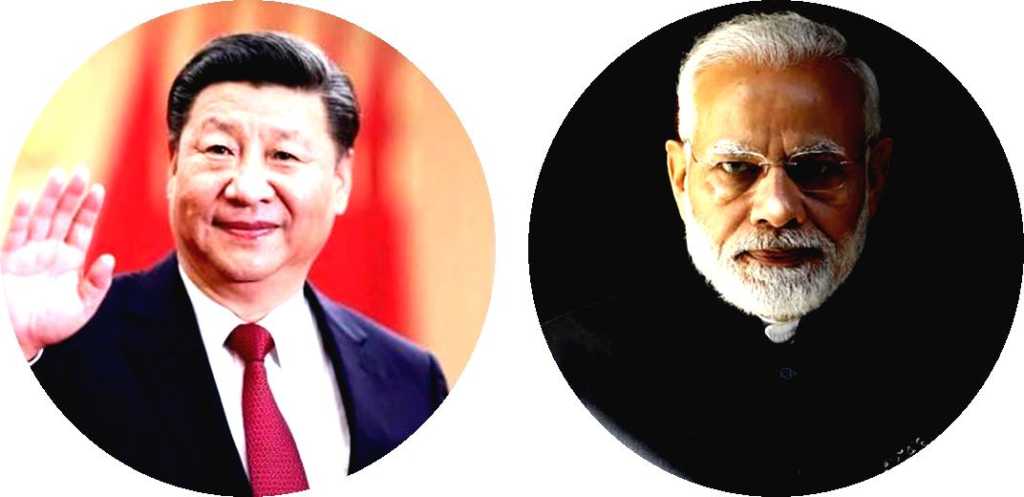Political scientists and economic strategists all around the globe are of the opinion that South Asia, coupled with China, is the most increasingly relevant region in terms of geopolitics and will continue to remain so for the foreseeable future. The importance of South-Asia with its growing economic and military power has caused a major shift in global politics and India and China remain at the centre of it all.
Indian foreign policy has traditionally been one of neutrality and co-operation, and India has always maintained its non-interventionist approach in global issues and focused on economic partnerships, while creating sustainable mutually beneficial relationships with its partners. China, with its tremendous growth during the last few decades has found itself in a position of great power, using that newly achieved economic power China has been able to forge relationships with several nations and has increased both its soft power as well as hard power as far as South America and Africa.
The fundamental difference between the Chinese and the Indian approach towards foreign policy can be understood by looking into their own state apparatus. India is a democracy based on democratic ideals, thus while approaching other countries it maintains those principles, i.e. the other’s perspective is valued and their concerns are given due adherence. On the other hand, China is a “single party democracy” and that dictatorial outlook is reflected in its approach towards the countries they engage with. They go in with a large state footprint and dictate terms to the other side. Another very interesting approach taken by the Chinese is that they proactively seek out countries with broken political and economical apparatus, one that can be easily made into a vassal like state, of which Pakistan is a prime example.
India has been raising the issue of Chinese aggression diplomatically for many years but the new government understood from the get go that the Chinese understood only one language- Power. The Chinese, if given their way, would bulldoze their opposition without any regard for international norms but Mr. Modi understood that the Dragon can only be countered with a multifaceted approach which includes capacity-building militarily and diplomatically. This understanding helped PM Modi to counter China and force it to reconsider and reassess their approach towards India.
The Doklam incident is of paramount importance as it showed the Chinese that creeping aggression will not work with India. The Chinese who were furious about the Indian involvement in Doklam issued all sorts of threats and launched a vicious media campaign to malign India, but what they did not take into account is that this new India is more than confident in its ability to counter every move made by China. The message was loud and clear that no longer can the Chinese push other smaller countries around Asia and have its way at the expense of the others.
India also launched a Look East policy under which India strengthened strategic relationships with BIMSTEC countries and with its ASEAN initiative India ensured that China’s maritime expansionist policies are not actualized.
With U.S and ASEAN on his side Modi has forced Xi Jinping to reconsider his India strategy, which he previously gave little importance to, but under Modi’s leadership the commendable work done by the Indian Foreign services has shifted the onus to the Chinese. The effectiveness of such policies can be seen by the change in tone and position taken by the Chinese leadership. China quite recently had asked India to give his views on a section of OROB which is supposed to integrate the majority of the BIMSTEC countries. The ceremonial manner in which Sushma Swaraj was greeted in China during her recent trip is quite telling of the changing attitude of China’s foreign policy towards India.
